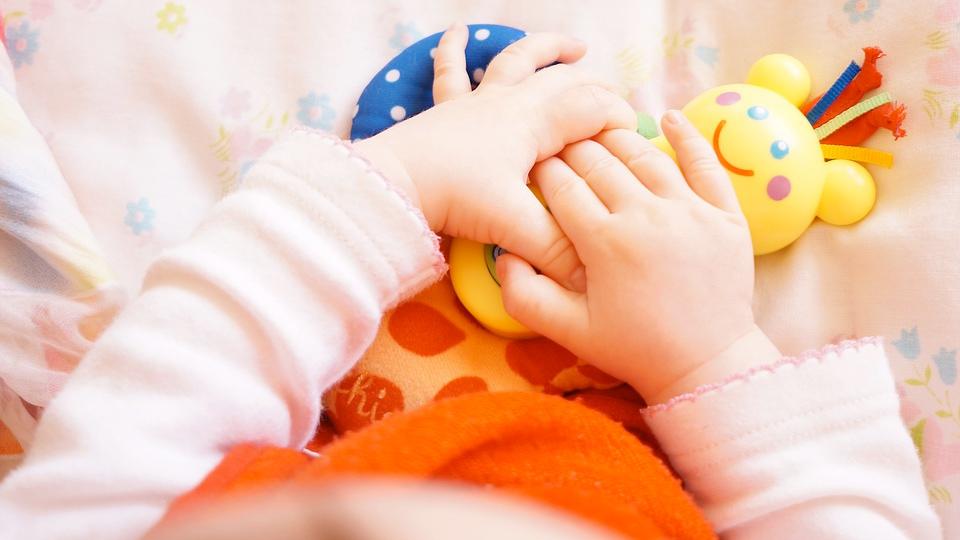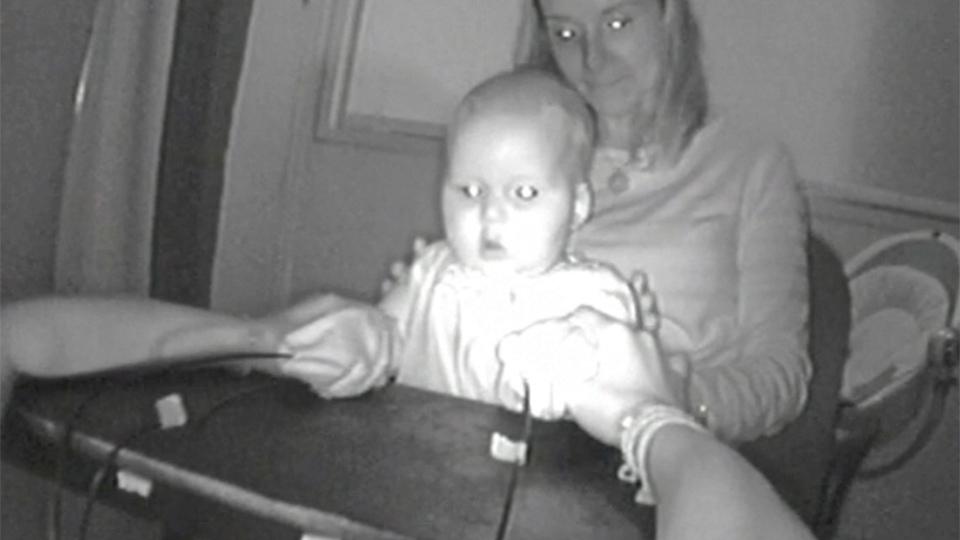Study explores when babies learn about how touch and sight link together
Primary page content
At the age of just six months, a baby’s senses are developed enough for them to tell whether or not touches and sights are coming from the same place, a study from Goldsmiths, University of London suggests.

Being able to perceive tactile and visual stimuli in a common place in the space around our bodies is a crucial ingredient in forming a representation of one’s own body and the interface between bodily and external space.
Yet little was previously known about when we develop this ability with light and touch.
Researchers from the Department of Psychology put gloves - containing buzzers and LEDs - on six and 10-month-olds’ hands.
The babies could see the lights moving backwards and forwards between their hands
In one condition, the tactile and visual cues were together: the vibration from the buzzers moved backwards and forwards between the hands with the lights.
In another condition, the tactile and visual cues were not together: the lights and the buzzers moved backwards and forwards between the hands, but were always on different hands.

Both age groups of babies showed more interest (measured by the time they spent staring at their hands) when the buzzers and lights were on different hands.
The researchers, led by Professor Andy Bremner, conclude that babies do this because this situation is unfamiliar compared to what they’re used to.
“Normally, visual tactile events happen in the same place in an external space so one might say that the babies are almost ‘surprised’ when that status quo is violated,” Professor Bremner explains.
“We believe that by six months of age babies are able to perceive whether or not touches and sights are coming from the same place in space.
“We need to be able to do that sort of thing in order to perceive a unified and coherent multisensory world,” he says.
Perception of visual-tactile co-location in the first year of life by Andrew J. Bremner (Goldsmiths), Livia Freier (Goldsmiths and Brown University) and Luke Mason (Goldsmiths and Birkbeck) was published in the journal Developmental Psychology.